Column
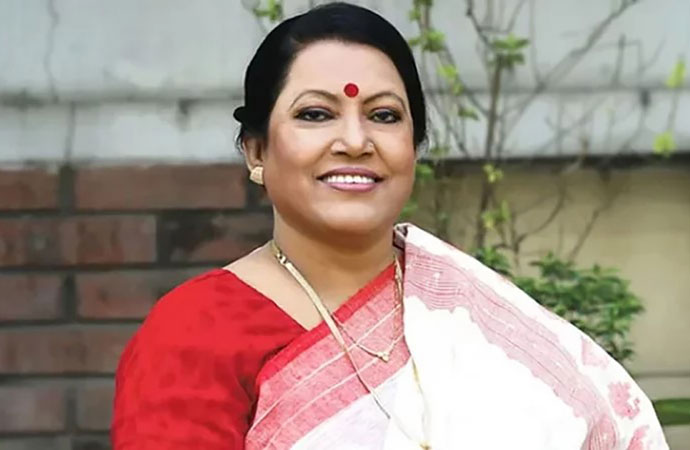
Farida Parveen. Photo: Collected
The one person, the one voice which had come to symbolize Lalon music in Bangladesh is gone. Farida Parveen had become the voice that mattered when singing Lalon songs. In fact she had brought this particular genre of music to the crowd the post 1971 Bangladesh in a way none had. It rose with her, her popularity surging as Bangladesh grew, breeding a new culture that was willing to embrace much because so much was available to do so with no restrictions on for the moment.
It was a time when various media were emerging and music had for the first time a chance to really become popular thanks to television at first and then later other media. What seventy five years back was very rural and very niche too had begun to enter the main street sitting homes. And Farida Parveen was there to weave her magic and gain an audience the size no Lalon singer had gone before.
It was a time of transition from the early to the mid-70s and fifty years later as she departs, another transition is here.
Lalon at the time of change
The esoteric folk religious culture movement of Baulism which Lalon was a part of had existed for long, taking different shapes and forms that had reached a point of change unknown to all. That trigger is spelt as colonialism.
Lalon came from a rural Kayastha Hindu clan which in impoverished but not starving Bengal had no clout and neither any route to move up. While society was in the clutches of rural religious structures including feudal, the state was in the hands of the Turko-Afghans, a decaying feudal ruling system that had run out of steam surviving largely because none was there to topple it.
The British did and not with any fanfare but the local ruling class had little chance to resist anyway. Socio economic power had already moved on to the new mercantilist class which included both the British and their local beniya friends. A new and uncertain world was about to be inaugurated which would impact most on Lalon and his fellow villagers deep in folk culture born in social despair.
History shows that rural Bengal produced a new class of elite, located in urban power structures of colonial commerce but with a foot in rural Bengal as seminars. They also promoted local indigenous culture as they were not threatened by it in any way. To put it succinctly, the local newly emerged zamindar class as in the Tagore family was, did much to ensure that the "akhra" to which Lalon belonged kept on singing. Such is history and with its twinge of irony.
Farida Parveen and the world of change
Farida Parveen came in when TV was taking off and the present 65 + generation was growing up to enter the world of new economics. The war of 1971 had just finished and the older values of a pre- 1971 were on the wane. A repackaging had been done with some degree of picking and choosing the components. It was another era of change which had earlier seen under the Tagores, with their feet firmly rooted in colonial culture including English education promoting a singing cult with esoteric Tantric religious practices and folk beliefs.
So much was in like focus on tradition including rural culture redrawn with urban colours but so the less discussed one was about flying high on marijuana's cheap wings and congregation of the urban left outs and walkouts, all congregating in spaces where none bothered to peep in - the many mazars and dargahs or the campus tea stalls.
And as Farida Parveen walked, singing about the bird which flew in and out of the cage with ease, she had caught a new generation and its lieutenant cluster's attention all too well. She along with others like Azam Khan, Lucky Akhand and others were drawing on a canvas of a time that was sharply changing as money was made in ease and cultural products sold enough to provide an almost decent middle class livelihood for the artistes.
Time of passing, another time of change
Her recent departure happened in a world which had changed dramatically from the world through the doors of which she had entered. Her own personal life was hit when the first marriage dissolved as her lyricist husband suddenly went against music in general as it was considered against his/their faith structure fed by new gurus. That was something she couldn't have seen coming but time rings its bells in strange tolls all the time.
She herself had once been the main platform of Lalon music and she was a legend but within her world others had emerged too including the Lalon band which fusioned their songs with Western music and instruments. She called fusion " confusion" expressing her unease but she herself had overshadowed the earlier singers including Moksed Ali Shai's akhrai tradition too as changes were rung in the post 1971 world.
In the post 2024 world, shrines were being torched and Lalon was being trashed and though still a national icon, a beleaguered one. After all, singing was no longer pious. More significantly, economies were not growing and society was largely geared towards external economies. Even the preferred drug of the young, yaba, was imported. The world had changed much compared to 1973 when she first sang.
With her passing away, the song has just not ended, the one she sang but an era which took her song as one of the several badges they liked to wear. She went as the era did too.







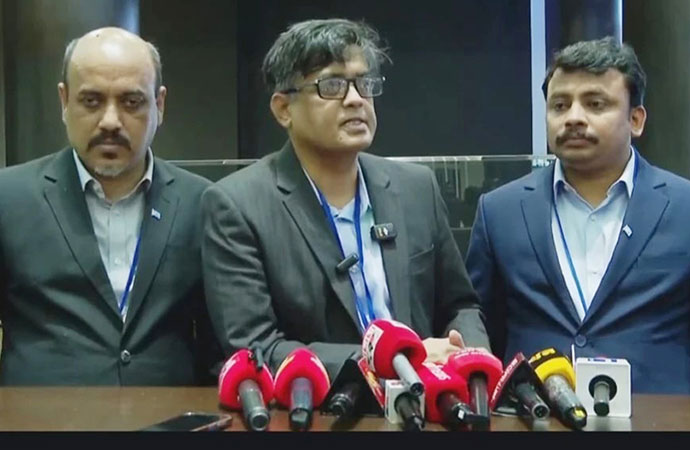
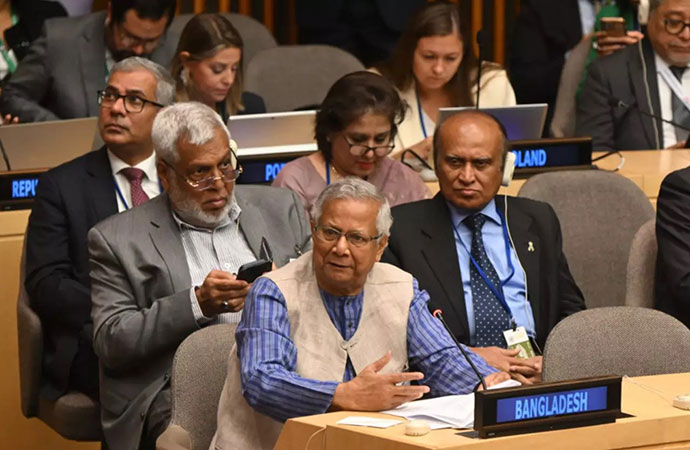
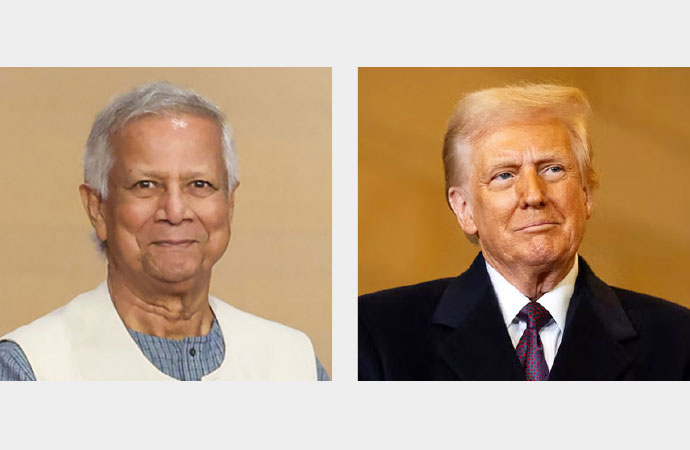
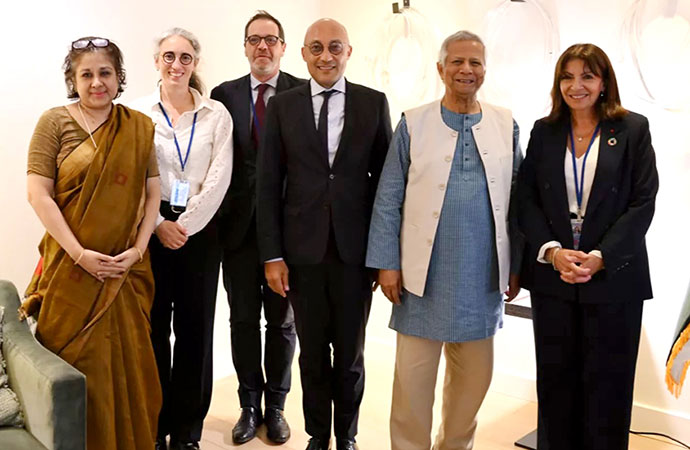

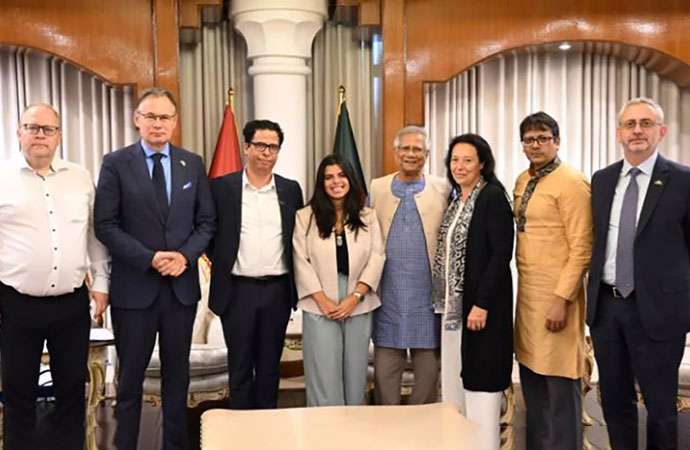

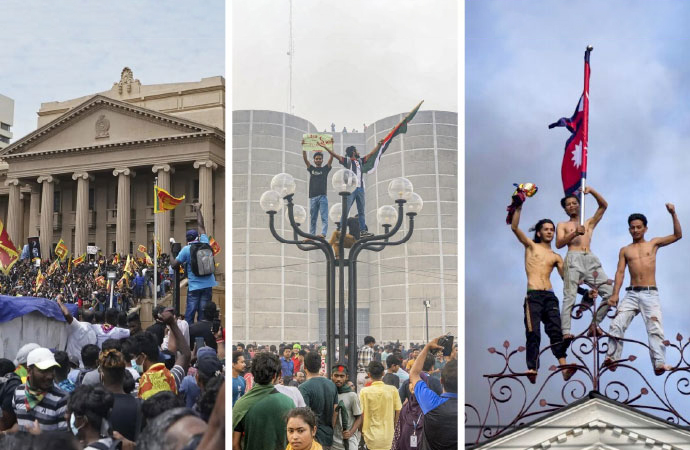




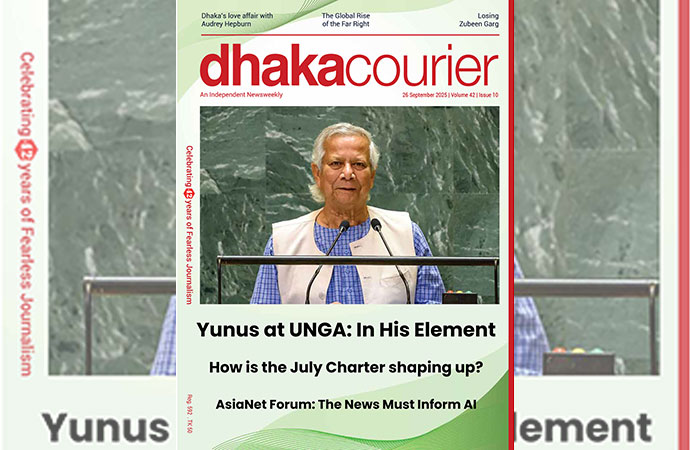


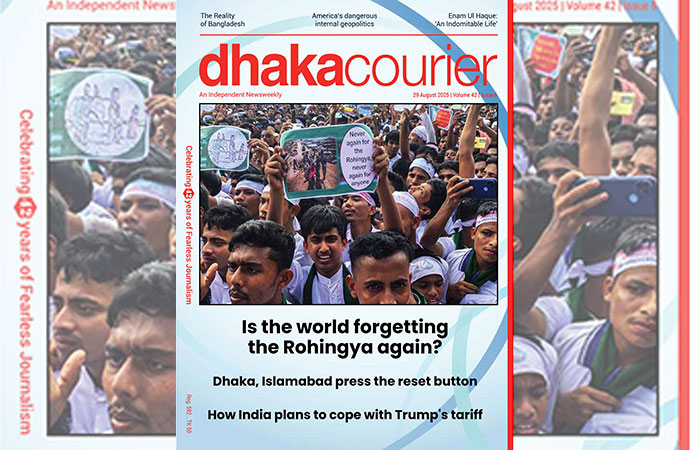
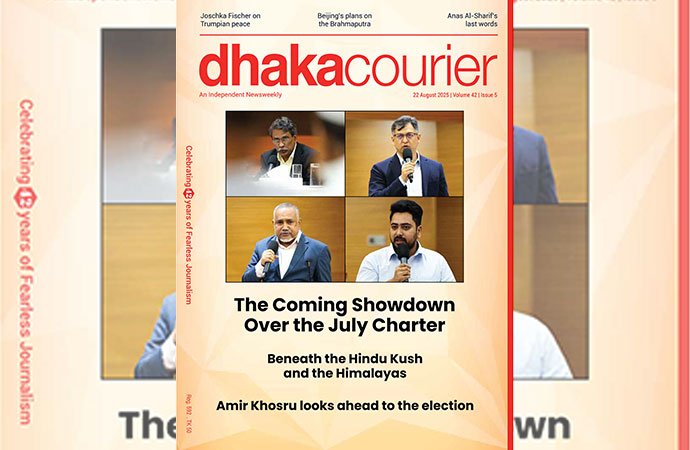
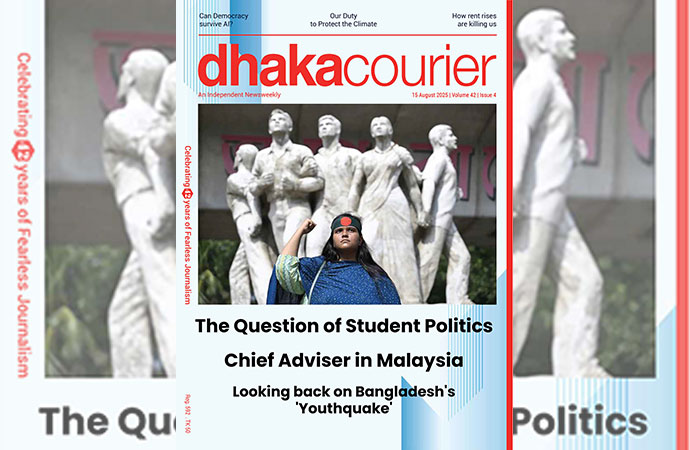
Leave a Comment
Recent Posts
Religion and Politics: A Toxic ...
At Dhaka University, cafeteria workers have been told not to wear shor ...
Enayetullah Khan joins AsiaNet ...
AsiaNet’s annual board meeting and forum was held in Singapore, ...
In a New York minute
Many leaders back a UN call to address challenges to ..
Defaulted loans at Non-Bank Financial Institutions ( ..
How the late Zubeen Garg embodied cultural affinitie ..